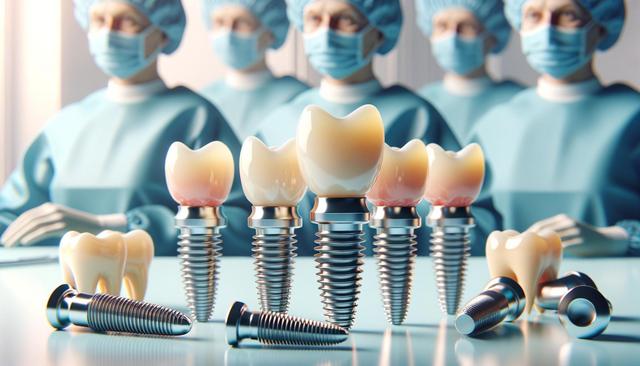The Role of Diet in Migraine Management
Diet is increasingly recognized as a major factor in managing migraine symptoms. While individual triggers can vary, many people find that certain foods consistently lead to migraine episodes. Understanding the relationship between food and migraines is essential for developing effective prevention strategies. In fact, dietary adjustments are often recommended alongside medical treatments to help reduce the frequency and severity of attacks.
Some individuals may benefit from maintaining a food diary to identify personal triggers. This can be an effective way to track patterns and determine which foods are contributing to symptoms. Ultimately, this helps in creating a customized migraine-safe diet plan that supports overall health and reduces migraine risk over time.
Common Dietary Triggers to Watch Out For
There are several well-documented foods that trigger migraines in adults. These can vary from person to person, but certain items appear frequently in migraine studies and patient reports. Being aware of these common dietary causes of migraines is a good starting point for anyone looking to make adjustments.
Common dietary triggers include:
- Aged cheeses (such as blue cheese or cheddar)
- Processed meats containing nitrates or nitrites
- Alcohol, especially red wine
- Chocolate
- Caffeinated beverages in excess
- Artificial sweeteners like aspartame
Identifying and avoiding these foods is a proactive step toward migraine prevention. However, because triggers can be highly individual, it’s important to monitor personal reactions and consult with a healthcare provider when making significant dietary changes.
Creating a Migraine-Safe Diet
Once triggers are identified, building a personalized migraine-safe diet becomes easier. The goal is to minimize exposure to known triggers while incorporating foods that support brain health and reduce inflammation. Maintaining a consistent eating schedule is also crucial, as skipping meals can lead to low blood sugar—a known migraine trigger.
Here are some migraine-safe diet tips to consider:
- Eat at regular intervals to avoid fasting-induced headaches
- Stay hydrated throughout the day
- Choose whole, unprocessed foods whenever possible
- Include foods rich in magnesium, such as leafy greens, seeds, and legumes
- Limit intake of processed and packaged snacks
These practices not only help reduce migraine frequency but also contribute to overall wellness. A balanced diet that avoids common triggers can serve as a foundational aspect of long-term migraine management.
Foods That May Help Reduce Migraine Risk
While avoiding trigger foods is important, incorporating supportive foods is equally beneficial. Some foods contain nutrients that may help reduce inflammation and support neurological function, making them valuable components of a migraine-friendly diet.
Among the best foods to reduce migraine risk are:
- Fatty fish like salmon and sardines (rich in omega-3 fatty acids)
- Spinach, kale, and other dark leafy greens (high in magnesium and vitamins)
- Whole grains such as quinoa and brown rice
- Fruits like bananas and berries
- Herbal teas such as ginger or chamomile
These foods contribute to stable energy levels and balanced brain chemistry, which can help prevent the onset of migraines. Including them regularly in meals can be a valuable part of a holistic approach to migraine control.
What to Avoid to Prevent Headaches
In addition to specific foods, certain lifestyle habits can also contribute to migraines. Knowing what to avoid to prevent headaches involves more than just dietary choices—it includes environmental and behavioral factors as well. Stress, lack of sleep, dehydration, and hormonal fluctuations are known non-dietary triggers that can compound dietary issues.
To further reduce the chance of a migraine, consider avoiding:
- Long gaps between meals or skipping meals
- High-stress environments without adequate coping mechanisms
- Excessive screen time without breaks
- Sudden changes in sleep patterns
- Strong odors or bright, flickering lights
Combining dietary strategies with lifestyle adjustments provides a more comprehensive approach to managing migraines. When both food and environmental triggers are addressed, individuals often notice a significant improvement in their symptoms.




Leave a Reply